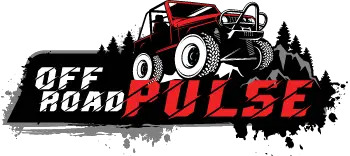ABS and traction control systems can be regarded as the backbone of the stability system of any vehicle. The ABS controls the braking system while the traction control, just as the name suggests, helps to maintain the traction of your tires during acceleration. Ideally, the functions of the two are interrelated, and hence they use the same control module.
Now, if the control module is malfunctioning, the two will respond by illuminating a warning light on the dashboard. Both systems could send the signal at the same time to let you know that ABS and traction control systems are disabled. ABS and traction control light on Jeep could be triggered by many reasons, but the most common culprit is a faulty control module.
Remember, you should not confuse this with the occasional illumination of ABS light that occurs when starting the vehicle. In addition, the traction light might also come on momentarily when it detects the wheels losing control hence swinging into action to improve traction.
Now, when the warning lights come and stay on for an extended period, it means there is something wrong with the systems. It also implies that the systems are not working as expected, so you may want to check them as soon as possible.
15 Probable Reasons Why ABS and Traction Control Light on Jeep
1. Faulty/damaged control module
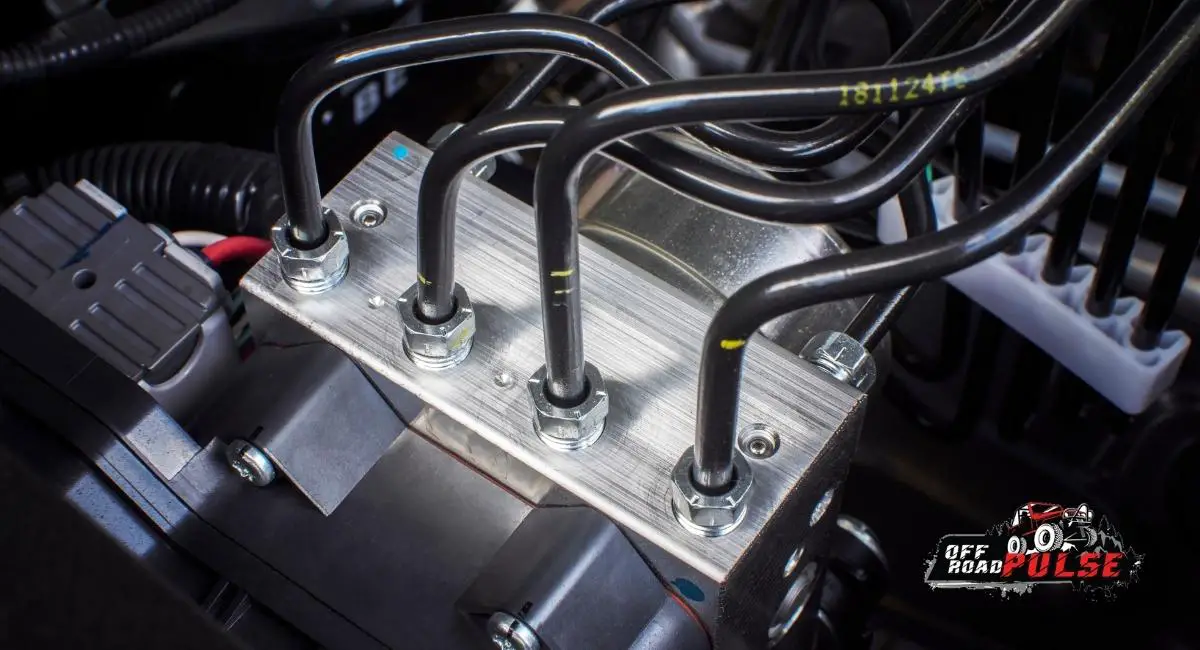
As mentioned, the ABS and traction control utilize the same Central Control Unit (ECU) to monitor their operations. Sometimes a problem with the ECU can trigger traction control and brake light on Jeep Wrangler or any other Jeep, for that matter.
If the warning lights stay on, it implies the systems are disabled as a result of electrical or mechanical failure of the control module. When this happens, you can still slow down your vehicle normally, but the anti-lock mechanism that keeps the wheel from locking while braking will not operate. The traction control will also be deactivated since it relies on the same module to operate.
However, before you put the blame on the module, you may want to consult a mechanic to help diagnose the problem and establish if there are other issues that might be causing the lights to come on. The mechanic should also be able to advise on the repair costs depending on what you need to fix or replace.
2. Problem with wheel speed sensors
Generally, vehicles come with speed sensors that are installed on each wheel. The work of these sensors is to monitor the speed of each wheel and transmit the resulting data to the control unit. That said, the speed sensors are critical in the normal functioning of the braking and traction control systems.
If one or all the speed sensors are worn-out or fail to send information to the control unit, either the ABS or traction light or sometimes both of them illuminates on the dashboard. Furthermore, the proximity of the sensors to the wheels makes them more prone to harsh driving conditions, and because of this, defective speed sensors are one of the primary causes of ABS and traction lights in Jeep.
Physical inspection is generally not infective in diagnosing faulty wheel speed sensors. To determine if any of the wheel sensors is defective, you’ll need to connect an OBD2 scanner to your Jeep and observe the resulting error code. The error code generated will help you establish if any sensor is faulty and perform the appropriate repairs/replacement.
3. Broken wiring
Another common reason why ABS and traction control light might come on is because of broken or disconnected wiring. If the wires connecting the sensors to the wheels are broken or become disconnected, it prevents the transfer signal, thereby interfering with the proper functioning of the sensors.
The most common signs of broken wiring include a malfunctioning ABS, the ABS light staying on, as well as traction control light coming on. To fix the issue, the faulty/damaged wires must be repaired or replaced as soon as possible. The good thing is that you can easily diagnose wiring issues by conducting a visual inspection.
So before you try to scan the speed sensors, you may want to inspect your wiring for any sign of damage or even corrosion. If the wiring is in good condition, then you can be sure that the wheel speed sensors might be damaged.
4. Insufficient brake fluid
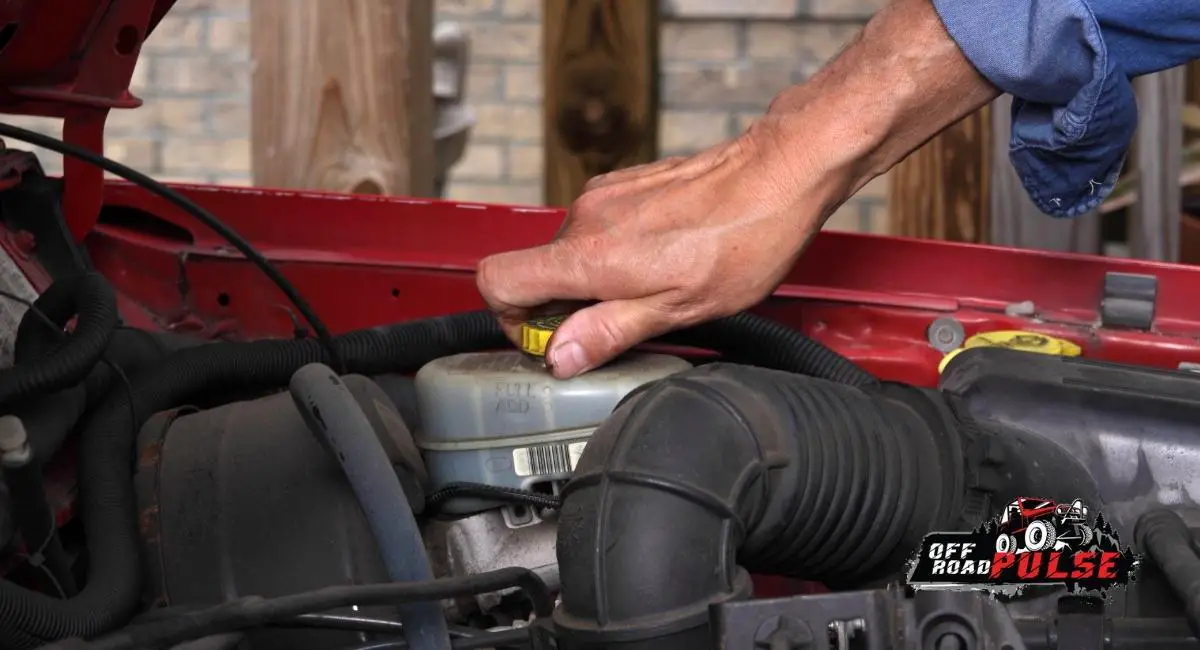
The fourth reason that can trigger the ABS and traction control light is inadequate brake fluid level. The brake fluid is often one of the most ignored parts of the vehicle, but it plays a critical role in the normal operation of your braking system.
One of the signs you are running low on brake fluid is the illumination ABS and traction control warning lights on the dashboard. There are many reasons that cause low brake fluid levels including;
- A leakage in the system
- Damaged brake lines
- Worn out brake pads
- Leakage of air in the brake lines
Now, to contain brake fluid-related issues, you’ll need to inspect the fluid level regularly and come up with a routine vehicle maintenance schedule. You may also want to consult the user manual for proper recommendations for fluid servicing and flushes. In addition, it is critical to periodically check the fluid level and top up and replace it when needed.
5. Faulty steering wheel sensor
The steering wheel sensor is arguably one of the most important components of your vehicle safety system. The sensor helps to track information about various aspects of the steering wheel, such as the turning rate of the steering wheel, and transmits the same to the control unit. However, just like the wheels sensors, this steering wheel sensor may wear out or malfunction from time to time.
When this happens, the sensor may become unresponsive after which it breaks down completely. One of the first signs of a faulty steering wheel sensor is a loose steering wheel (excessive play) and the illumination of the traction control light. The easiest solution to get this stability feature back in place is getting a professional to diagnose the underlying issue and replace the sensor if it is the reason behind the warning light.
6. Computer programing issues
The Jeep Computer famously, known as the PCM system, is specially designed to monitor several vehicle functions, including storing engine data and controlling the wheel speed sensors. However, the computer may fail from time to time, and when this happens, your Jeep may exhibit various symptoms, such as ABS and traction error lights illuminating on the dashboard.
In most cases, a simple reset of the computer is all you need to help fix the situation. However, if you have rebooted the PCM and the problem does not go away, then you may not have any other choice but to replace your Jeep computer system.
7. Flat tires
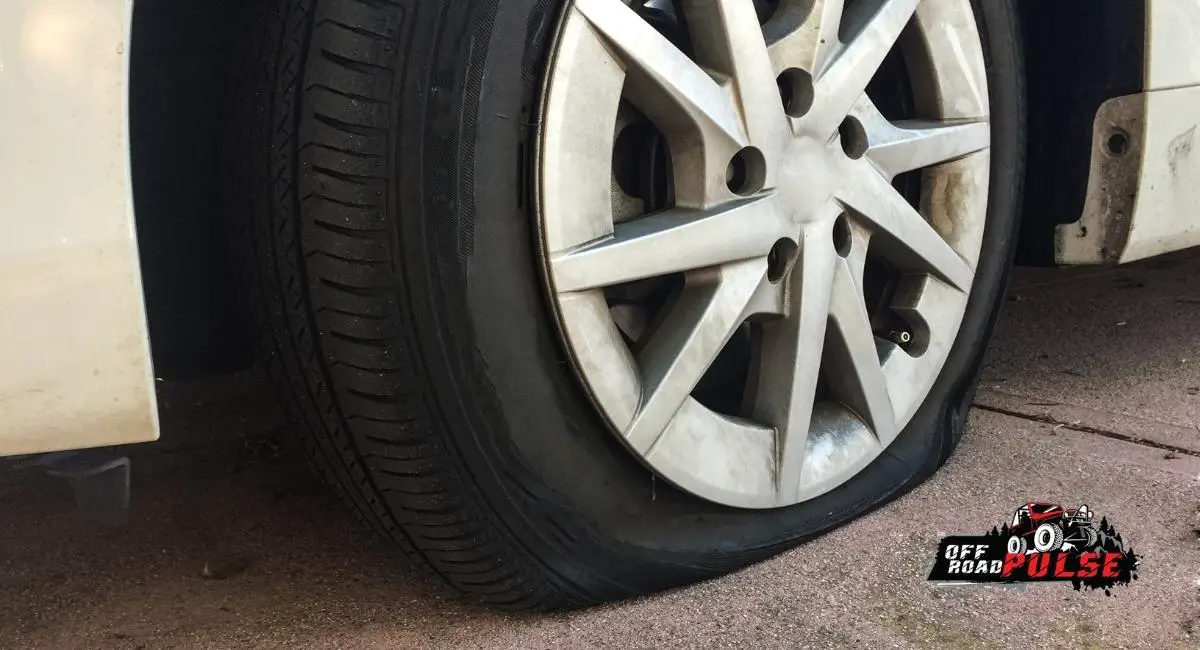
If your Jeep is suffering from low tire pressure in one or all tires, then it can make the ABS or traction light illuminate. The two are responsible for maintaining the tires ‘contact with the road when stopping, so when the sensors detect low pressure in the tires, an error code is sent to the control unit. Now, to warn you of the impending danger, the ABS/traction light will appear, and it might not go away until you fix the affected tire(s).
8. Blown/faulty fuse
Although fuses are not directly related to the braking system, a faulty or blown fuse can cause a number of problems to your car’s electrical system. One of the first signs of a blown fuse is the appearance of the Check Engine Light, but the ABS/traction light may appear along. If you suspect a blown fuse is behind the problem, you can check with a mechanic to help diagnose the issue or determine if there is another serious problem.
9. Bad/drained battery
It is a no-brainer that a charging issue or low/dead battery can cause Jeep Wrangler ABS and traction control light on, and off. Ideally, once your system voltage falls below the acceptable operating range, warning lights, including the ABS light, turn on.
In addition, if the brake light is not working, it may also make the ABS light illuminate. This also implies that it is only a matter of time before your Jeep fails to start. Luckily, you can easily solve the problem by recharging or replacing your battery.
10. Wheel alignment issues
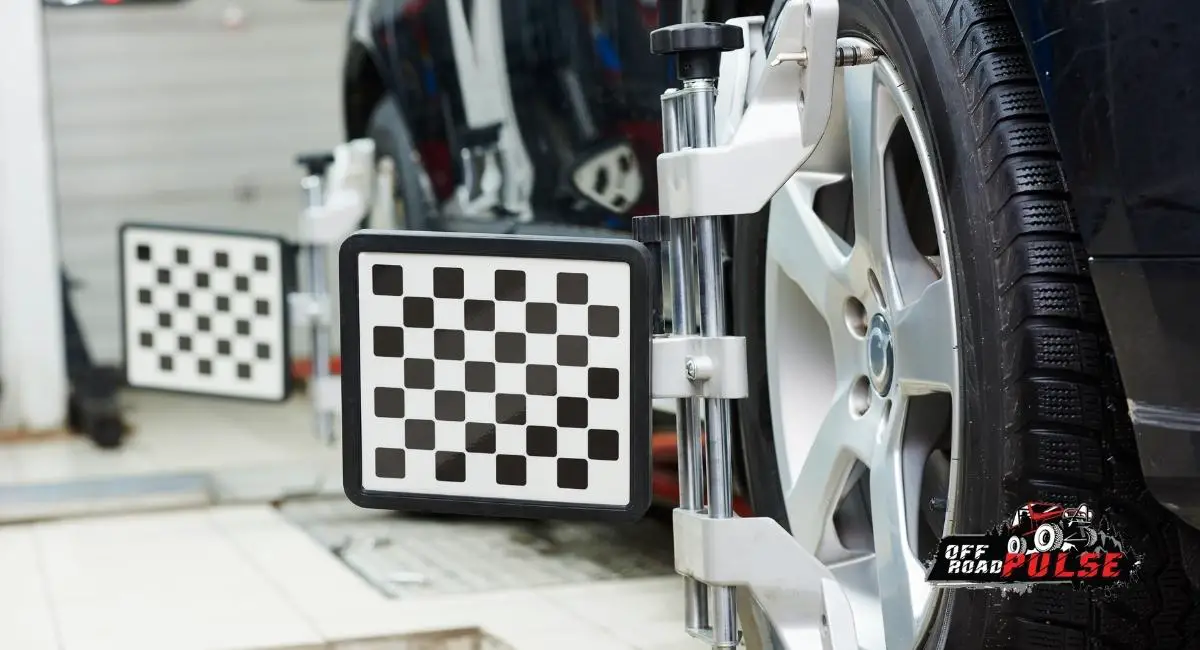
Wheel alignment issues can result from many causes, including driving under unfavorable conditions or using worn-out components in the wheel assembly. Whenever this happens, it can prompt the ABS or traction control light to let you that something is wrong with the wheel alignment. Often, regular car maintenance will help keep some of these minor issues in check.
11. Activated limp mode
The traction control light, along with the Check Engine light, is probably the first sign of a vehicle that has entered limp mode. The limp mode is by far the most common problem experienced by Jeep owners, but luckily, it is also the easiest to fix. Learn more about how to bypass limp mode in a Jeep here.
However, as we have highlighted above, the ABS/traction light can appear as a result of many reasons, so just because you’ve spotted the warning light should not imply that your Jeep has entered into the limp mode.
12. Malfunctioning steering rack
The steering rack allows you to remain in control of the steering wheel, so we cannot overlook its usefulness. Ideally, using a worn-out rack increases the risk of losing control while steering, and the result of this can be fatal. It may also make you have a difficult time steering your jeep in tough terrains.
Among the first signs of a defective steering rack is the illumination of the traction control light. So if you happen to spot the traction control among other warning lights, this is one of the components you might need to inspect.
Other symptoms of a faulty steering rack include;
- Unresponsive steering wheel
- Steering fluid leaks
- Irritating noise when steering
- Burning smell
13. Issues with pump and valve
Apart from fluid level, any problem with the pump, whether mechanical or electrical, can interfere with the normal operation of the ABS system. Ideally, the work of the pump is to apply the required amount of pressure to the brake fluid, thereby preventing the wheels from locking.
If the pump becomes dysfunctional, it will often trigger the ABS warning light. In addition, the stability control will become deactivated since it relies on the same system. Either of these emergencies warrants immediate inspection and possible repair work.
14. External influence
Although it may seem like a minor problem at first, external factors such as dirt and debris accumulation can interfere with the operation of these critical systems. For instance, if one or all of the sensors become dirty or contaminated, it might slow down the relay of speed information to the control unit. So if you spot traction or ABS light illuminated, you can start by cleaning the sensors and other related components and see if it will remedy the situation.
15. Disabled ABS/traction control system
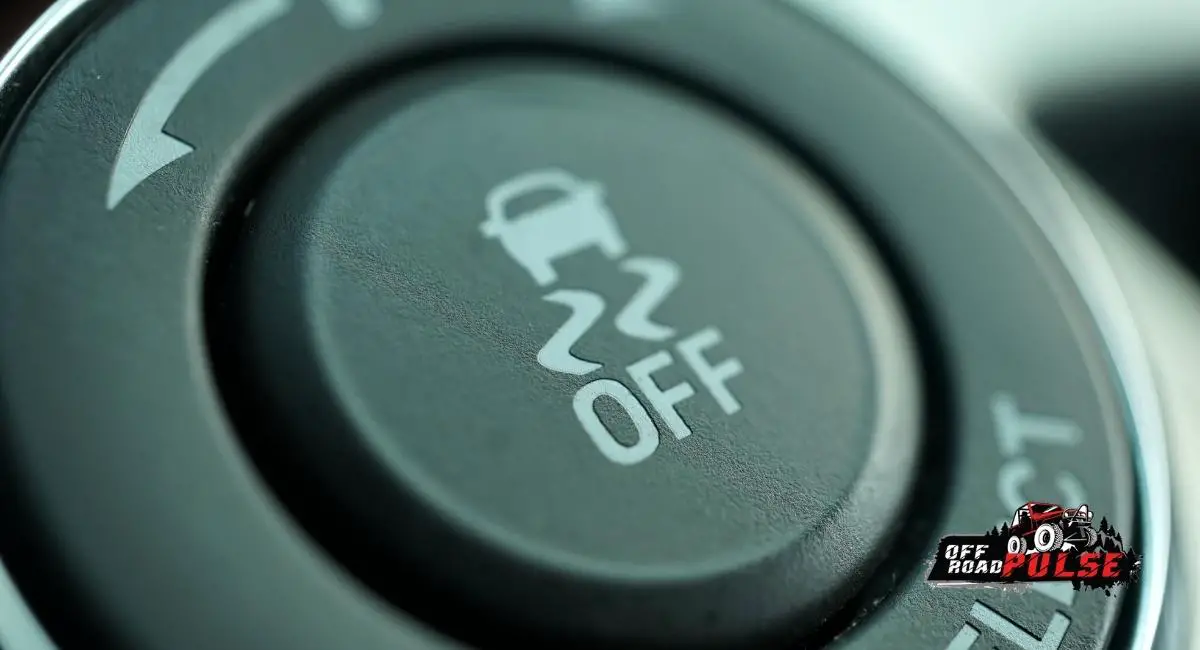
If you have ruled out all the above factors and your dashboard is still lit up, then you might need to check if you’ve accidentally disabled the traction control and ABS systems. If any of the systems are turned off, it will usually give out an indicator light to let you know that the feature is not operational. So you notice just the illumination of ABS or traction light, and there are no other apparent signs that your Jeep is compromised, then there is a high chance that the affected system is switched off.
Frequently Asked Questions
Q: Can I drive my Jeep with the ABS/ traction control light on?
Yes. You can still drive your Jeep with ABS or traction control light on, but it is often a risky undertaking. As we have discussed above, the warning lights are often a sign of something more serious. As such, disregarding them could result in dire consequences, especially when driving under unfavorable conditions or in poor terrains.
Q: Why does the traction control keep coming on my Jeep?
When the traction control light pops up and goes, it often doesn’t mean anything serious. In most cases, it is as a result of the system registering a loss of traction in one wheel thereby allowing you to steer to safety. However, if the light keeps on coming now and then, it may be an indication of a more serious problem that requires immediate action.
Also Read: How Much to Replace Ball Joints on Jeep Wrangler?
The Bottom Line
Both the ABS and traction control systems are essential features put in place by different car manufacturers to keep you safe while steering and braking. Now, if there is something wrong with either of the systems, warning lights might pop up, and in most cases, the lights will stay on until the underlying problem is solved. However, if the warning lights are as a result of a natural cause, or just a momentary thing, then they should go off by themselves.
